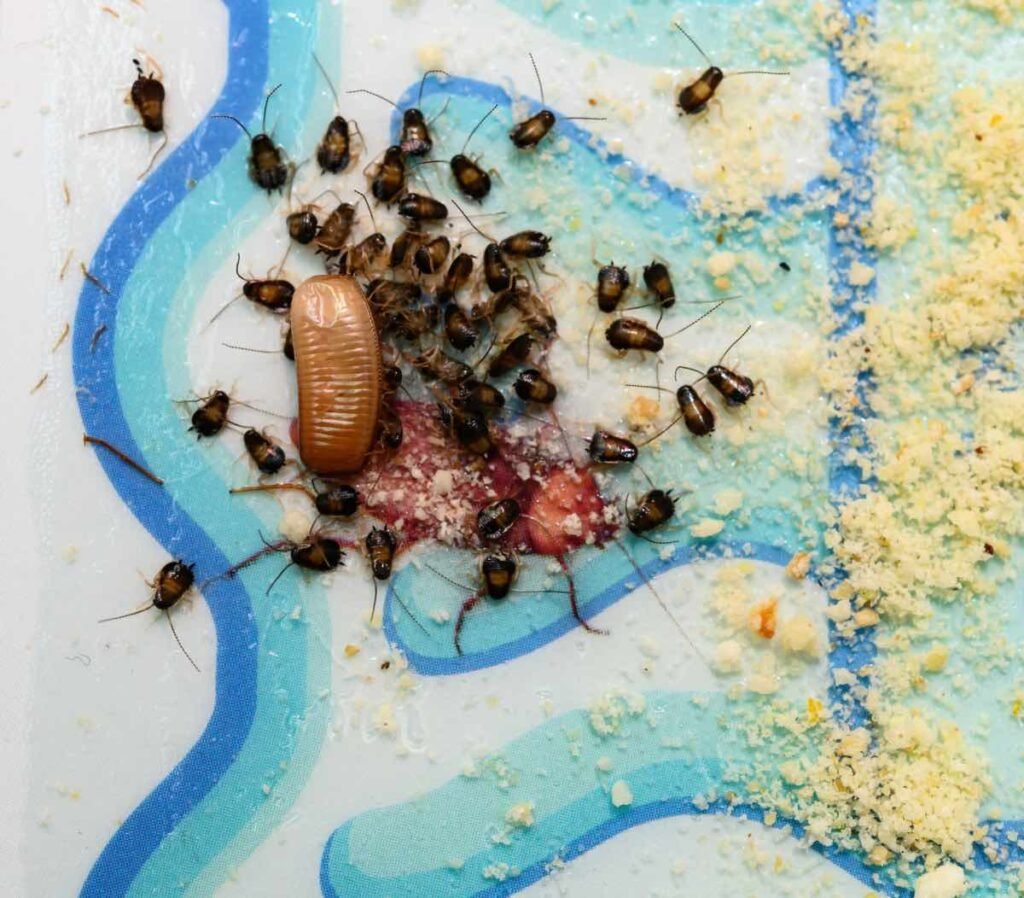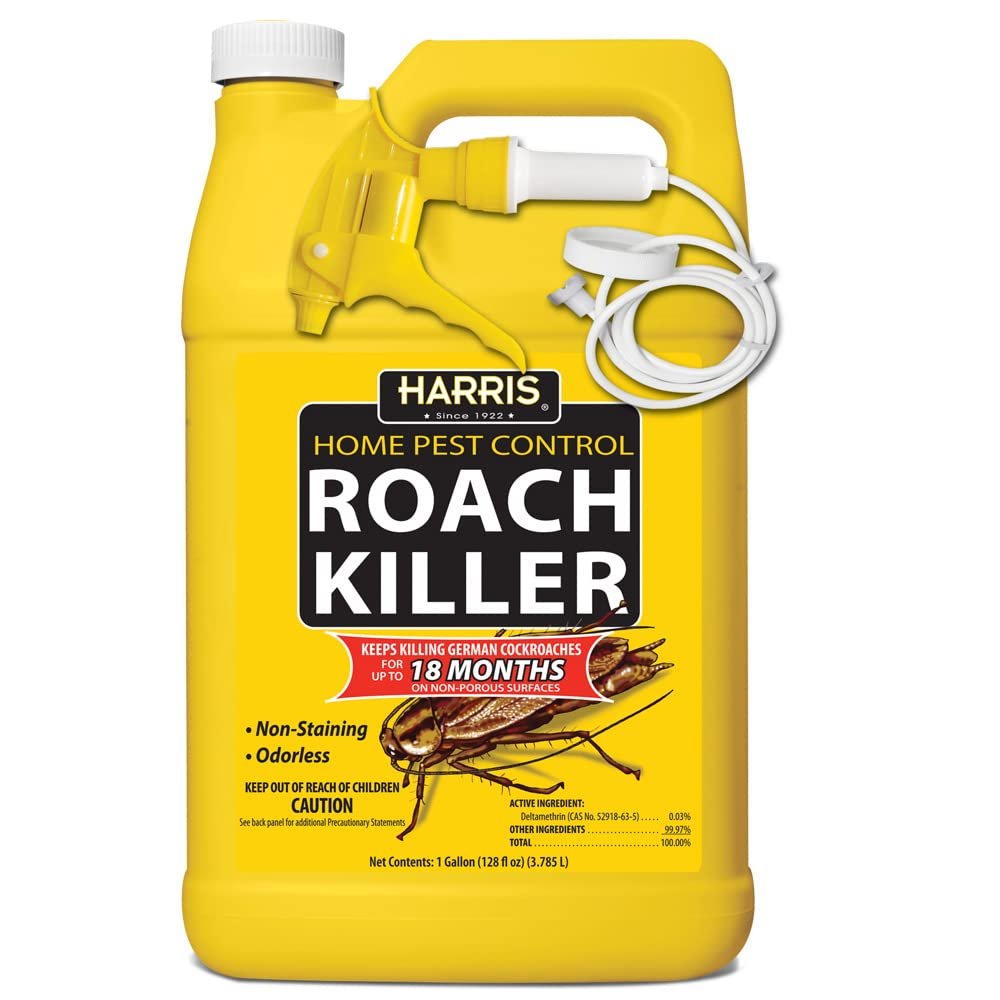Have you ever wondered why you only seem to come across those tiny, pesky baby roaches scurrying around your home, while the adults remain hidden? It’s a common frustration that many people face when dealing with a roach infestation. In this article, we’ll explore the reasons behind this phenomenon and uncover some helpful tips to tackle these pests head-on. So, if you’re tired of playing hide-and-seek with these tiny invaders, keep reading to find out why you’re only seeing the baby roaches and what you can do about it.
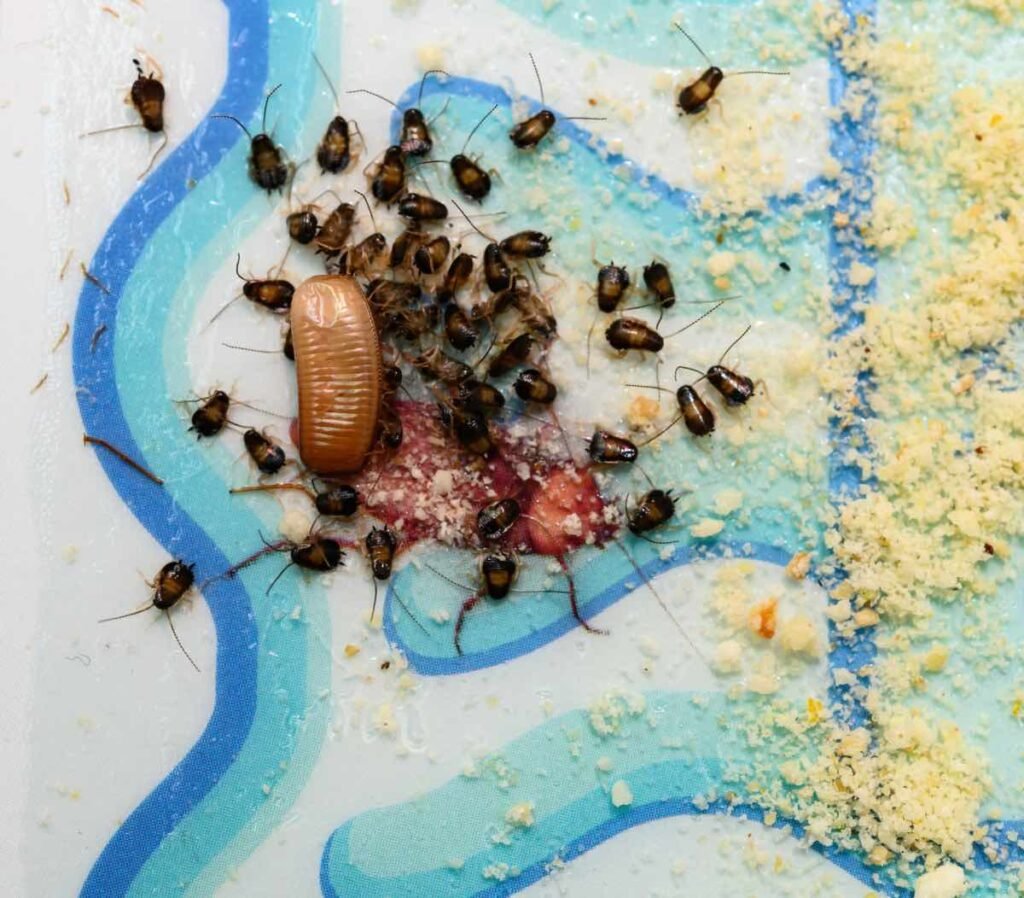

Reasons for Seeing Baby Roaches
As a friendly voice here to help, let’s discuss the reasons why you might be seeing baby roaches in your home. Understanding these reasons can help you identify the root cause of the infestation and take appropriate steps to address it.
1. Lack of Effective Pest Control
Inadequate Treatment Methods
One of the key reasons for the presence of baby roaches is the lack of effective pest control measures. If the treatment methods used are not strong enough, they may fail to eliminate the roach population, leaving the adults to reproduce and produce more baby roaches.
Failure to Target Nesting Areas
Roaches are skilled at finding cozy nesting spots in your home, often hidden away in cracks, crevices, or hard-to-reach areas. If the pest control measures only focus on the visible roaches and not the nesting sites, it becomes easier for baby roaches to survive and continue the infestation cycle.
Insufficient Follow-up Measures
Another reason for the continued presence of baby roaches is the lack of proper follow-up measures after the initial pest control treatment. It is important to regularly monitor and reapply treatments as needed to ensure that any surviving roaches, especially the babies, are eliminated.
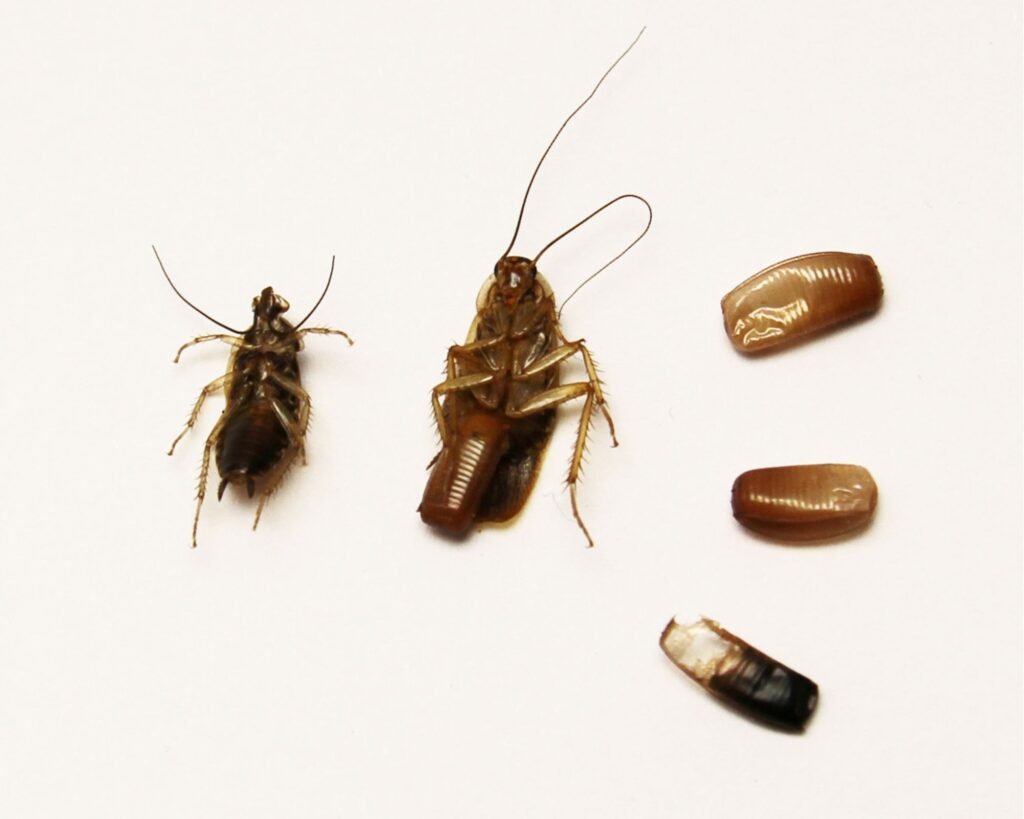

2. Hidden Nesting Areas
Cracks and Crevices
Roaches are excellent at squeezing through small cracks and crevices. These spaces provide perfect hiding spots for both adult roaches and their offspring. It is crucial to thoroughly inspect and seal any cracks in walls, floors, or furniture to prevent roaches from using them as nesting areas.
Under Appliances and Furniture
The warm and dark areas beneath appliances and furniture are attractive nesting spots for roaches. These areas provide moisture and protection from disturbances, making them ideal for the roaches to lay eggs and rear their young. Regular cleaning and moving of furniture can help disrupt these nesting sites.
Wall Void Spaces
Roaches can also establish nests within wall void spaces, accessing them through small openings or gaps. It may be challenging to detect and address infestations in such hidden areas. Professional pest control experts can employ methods like baiting and targeted treatments to eliminate the roaches from wall voids.
Pipes and Drains
The damp and dark environment inside pipes and drains can serve as breeding grounds for roaches. They can enter through small openings and find a suitable place to breed and lay eggs. Regular cleaning and maintenance of pipes and drains can help minimize their attractiveness as nesting sites for roaches.
3. Difficulty in Eradicating Eggs
Adhesive Egg Casings
Roaches lay their eggs in protective casings known as oothecae. These casings are often attached to surfaces or hidden in secluded areas, making them difficult to eliminate during pest control treatments. Caution should be exercised to ensure complete removal of these casings to prevent hatching.
Protection from External Treatments
The eggs of roaches are well-protected from external treatments. They are resistant to certain pesticides and can survive in harsh conditions. This resilience allows baby roaches to hatch and continue the infestation cycle, even after the application of insecticides or other pest control methods.
Large Quantity of Eggs Laid by Females
Female roaches can lay a large number of eggs in their lifetime, typically in batches of 10 to 40 eggs. This prolific reproduction rate means that even if you manage to eliminate a significant number of roaches, a few surviving females can quickly rebuild the population, leading to the emergence of more baby roaches.
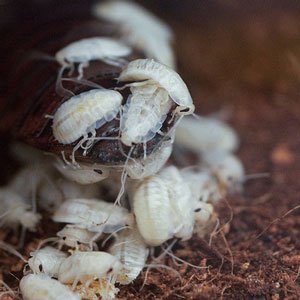

4. Survival Mechanism of Baby Roaches
Rapid Reproductive Cycle
Baby roaches, also known as nymphs, grow and develop rapidly. They undergo a series of molts, shedding their exoskeletons as they mature. This allows them to reach adulthood in a relatively short period, contributing to the perpetuation of the roach population.
Ability to Repopulate Quickly
As baby roaches reach maturity, they become capable of reproducing and laying eggs themselves. This ability to multiply at a fast rate further exacerbates the infestation problem. It is essential to tackle roach infestations early on to prevent their rapid population growth.
Heightened Resistance to Certain Pesticides
Baby roaches may develop resistance to certain pesticides over time, making them more challenging to eliminate. This resistance is often a result of exposure to pesticides in previous generations. It highlights the importance of using a variety of targeted pest control methods to combat roach infestations effectively.
5. Food Sources and Availability
Access to Crumbs and Leftovers
Roaches are experts at finding food sources in your home. They can feed on crumbs, leftovers, and even pet food left unattended. Baby roaches are no exception and can survive on small food particles, enabling them to thrive and grow in number.
Availability of Organic Matter
Apart from food remnants, roaches also feed on decaying organic matter such as leaves, wood, or paper. If you have areas in your home where such materials are present, it can attract roaches, including baby ones, and provide them with sustenance.
Presence of Food Containers
Roaches, including the young ones, can easily access improperly sealed food containers. If you keep your food stored in containers that are not airtight or have loose-fitting lids, it becomes an open invitation for roaches to settle nearby and breed.
Easy Access to Water Sources
Water is essential for both adult and baby roaches. They are attracted to moist areas and can survive for extended periods without food as long as there is a water source available. Leaky pipes, dripping faucets, or even condensation can provide the necessary water for the roaches to thrive.


6. Warm and Humid Environment
Ideal Conditions for Roach Breeding
Roaches thrive in warm and humid environments. These conditions accelerate their growth and reproduction rates, making it easier for them to populate your home with baby roaches. Areas like kitchens, bathrooms, and basements are particularly attractive to roaches due to the humidity they offer.
Moisture-rich Areas
Baby roaches require moisture to survive and molt successfully. They prefer areas with high moisture content, such as around sinks or in damp basements. Addressing sources of excess moisture in your home can help eliminate the conditions that baby roaches find favorable.
Warmth from Appliances and Heating Systems
The warmth generated by appliances like refrigerators, stoves, or heating systems can create cozy environments for baby roaches. These appliances emit heat and provide hiding spots, allowing roaches to thrive undetected. Regular cleaning and maintenance of appliances can help reduce their attractiveness as roach habitats.
7. Immature Roaches’ Behavior
Preference for Dark and Enclosed Spaces
Baby roaches have a natural inclination to seek dark and enclosed spaces for protection. This behavior stems from their instinct to avoid predators and maintain a sense of security. Consequently, they often dwell and hide in areas that are difficult to access or inspect.
Tendency to Stay Close to Nesting Sites
Baby roaches typically remain close to their nesting sites, minimizing their movement and exploration of new areas. This behavior confines them to certain parts of your home, making it more challenging to detect their presence unless you actively search for them.
Limited Roaming and Exploratory Behavior
Unlike adult roaches, baby roaches tend to have limited roaming and exploratory behavior. Instead, they focus on remaining near their nesting sites and feeding areas. This behavior, combined with their preference for dark spaces, can hinder their visibility and make it harder for you to identify their presence.
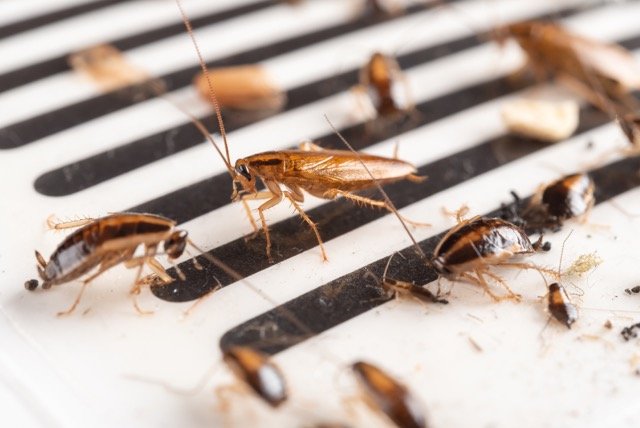

8. Limited Sight Range of Baby Roaches
Immature Eyesight Development
Baby roaches have underdeveloped eyesight, impairing their ability to detect potential threats or navigate their surroundings effectively. They rely heavily on other sensory organs, such as their antennae and tactile hairs, to locate food and detect changes in their environment.
Dependence on Other Sensory Organs
With their limited eyesight, baby roaches heavily rely on their antennae to gather information about their surroundings. They use their antennae to sense air currents, detect food sources, and communicate with other roaches in their vicinity. This reliance on other sensory organs contributes to their behavior and survival strategies.
Adaptation to Small Habitats
As baby roaches are confined to small, enclosed areas near their nesting sites, their limited sight range is not a significant hindrance to their daily activities. Their adaptive behavior, combined with their reliance on other senses, allows them to navigate and thrive within their restricted habitats.
10. Signs of a Bigger Infestation
Increased Sightings of Baby Roaches
If you notice a substantial increase in the number of baby roaches you encounter, it is a clear indication of a larger infestation. The presence of numerous baby roaches suggests that the population is actively reproducing and growing, highlighting the need for prompt action.
Finding Adult Roach Droppings
Adult roaches produce noticeable fecal droppings that resemble small, dark specks. If you come across these droppings in areas prone to infestation, such as the kitchen or bathroom, it is a clear sign that adult roaches are present and potentially reproducing.
Presence of Roach Odor
Roaches emit a distinctive musty odor that can linger in infested areas. If you detect an unpleasant and persistent smell in your home, particularly in dark and enclosed spaces, it could indicate the presence of a significant roach infestation, with baby roaches included.
Visible Damage to Belongings
Roaches, including the babies, have a penchant for chewing on various materials. If you notice visible damage to cardboard boxes, paper, fabric, or wiring, it could be a result of roach activity. Their gnawing can compromise the integrity of your belongings and indicate a larger infestation that needs attention.
In conclusion, the presence of baby roaches in your home can be attributed to various factors, including ineffective pest control, hidden nesting areas, difficulties in eradicating eggs, survival mechanisms of baby roaches, food sources and availability, warm and humid environments, immature roaches’ behavior, limited sight range, and signs of a bigger infestation. By understanding these reasons, you can better identify the root cause of the infestation and take appropriate measures to address it effectively. Remember, early intervention is key in preventing the population growth of these unwanted guests in your home.
Your Expert in Animal Control and Extermination. Trust our experience for humane, effective pest management, protecting your property and ensuring peace of mind with Michael S.

